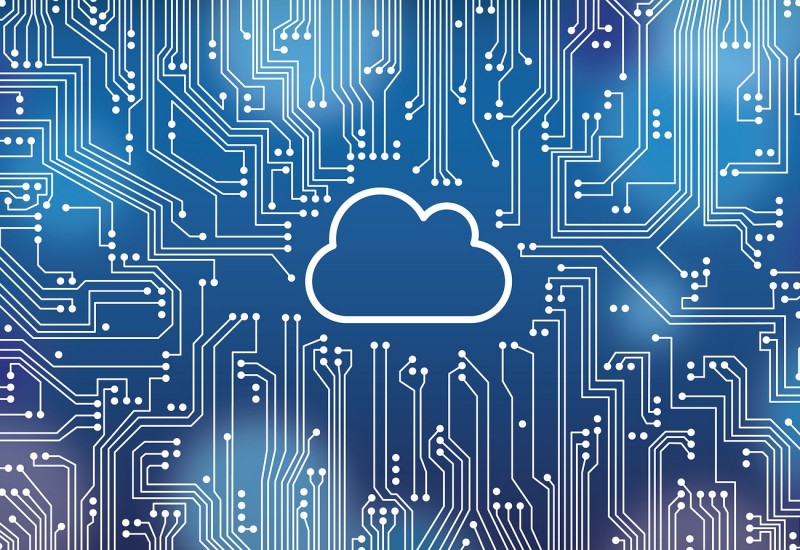In a cloud-centric environment, IT services are delivered from a cloud host in the form of a complete service, including servers, storage, software, networking and security. This enables employees across the entirety of an organisation to access and share data quickly and securely regardless of location or device. Such an environment allows for parallel collaboration, enabling decision-makers and operators alike to cooperate with each other at the same level. This is different to “cloud infrastructure”, which is making the notion of on-site servers and fixed workstations obsolete. It means storage, software, networking and security are also on the cloud. Some organisations deploy a hybrid cloud system, with some software and storage on their own computers. They use cloud-based applications such as SharePoint or OneDrive, for example, which interchange between desktop and cloud applications and data. Infrastructure as a Service (IaaS), which includes systems such as Microsoft Azure, delivers a whole host of infrastructure components over the cloud, and can improve efficiency, productivity and transparency for oil and gas companies through a simplified, streamlined system that updates continuously in real time. Cloud systems may be the most viable option to manage and support remote and scattered workforces, overcoming historical challenges of onshore to offshore communication. This is an internet-led solution that is device-agnostic and can be supported by either wireless or cellular connectivity. Cloud systems offer greater agility and flexibility over legacy IT systems. They support digital transformation strategies that include the provision of handheld, portable devices, such as smartphones or tablets, to operators on the ground. Critical data is instantly accessible from its online platform. Cloud systems can assist senior leaders in proactive decision making and critical data insight to mitigate potential risks and prove the results of digital transformation strategies to investors and key stakeholders. Operators on the ground can benefit from the ease of accessing critical data stored on the cloud from portable devices, which in turn helps to increase operational awareness. Cloud computing can also ease and accelerate the use of wearables and ‘hands-free’ devices that incorporate voice recognition and audio recording, enabling instant video recording to reduce time costs and improve reporting on major incidents.
Vysus case study
Recently, ISN Solutions delivered the migration of a Microsoft modern workplace for Vysus Group (formerly, Lloyd’s Register Energy Division). This involved moving 625 users, based across 18 countries, to a new IT environment and rebuilding 500 laptops. It was done in only three months - all during the COVID pandemic. It was important to complete Vysus Group’s cloud-to-cloud migration quickly, to enable continuity of the business as seamlessly and efficiently as possible. This needed to be completed with minimal cost and disruption to time and business operations. We enabled Vysus Group’s employees to rebuild their laptops at home using Microsoft AutoPilot and Intune. These technologies used by managed service providers like ISN to enable the set up and pre-configure of devices using cloud-based services. As well as deploying a cloud-to-cloud migration, ISN provisioned a new Azure environment with intelligent security features. The new operating environment provided Vysus Group with seamless cloud infrastructure, in which all key business applications, user accounts, and data from the Lloyd’s environment were moved over to the new system. Vysus Group now enjoys greater ease of communication and collaboration between its many employees based literally from across the globe.
Security
Cloud systems are invariably more secure than legacy IT systems and can mitigate the risk of even the most pernicious cyber threats. Ransomware is just one example where true cloud environments have an upper hand. Legacy IT systems meanwhile require regular local back-up of data. With true cloud infrastructure, local computing devices serve, at most, as temporary storage for data, as all sensitive and critical data and information would be resident on the cloud, including backups. As with legacy IT systems, the reliability and security of a true cloud environment must be safeguarded. Good, well-disciplined policies remain key to protecting critical data and system integrity. Modern ‘zero trust’ security models and applying strict control policies to limit access to critical data on a ‘need to know’ basis help to limit the need for temporary storage of data on local devices. This could additionally help mitigate the risk of stolen data or credentials from a ransomware attack. Limiting access to sensitive and business critical data could also help to limit any potential financial and reputable damage arising from an insider threat – an employee selling data to a competitor, for example.
